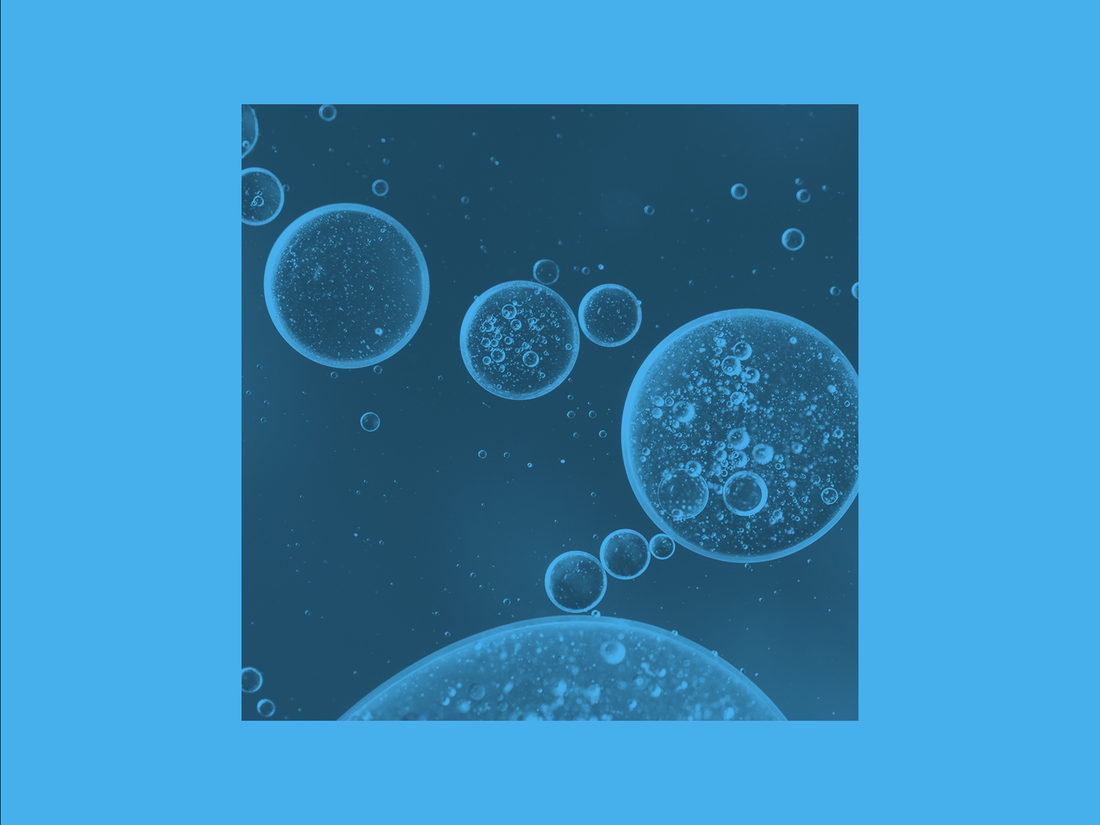It’s best known for keeping your internal plumbing clear, but did you know that fiber actually has health benefits that go beyond helping you stay regular?
Fiber is an important nutrient that comes from plants. It’s sometimes called roughage or bulk. Fiber comes in two forms: soluble and insoluble. Getting the right amount of both can aid digestion and may even lower your risk for certain chronic diseases.
What are Soluble and Insoluble Fiber?
When you eat, your body breaks food down into nutrients it can use. But it can’t digest or absorb fiber, which is actually a good thing. Instead, fiber stays mostly intact for its journey through your body.
Soluble fiber dissolves in water and other body fluids. When it does, it forms a gel-like material as it passes through. Once it makes it to the colon, it feeds your good gut bacteria. Healthy gut bacteria are linked to a host of health benefits, including some protection against obesity and its related conditions, such as diabetes.
Insoluble fiber doesn’t dissolve in fluids. Instead, it absorbs them and sticks to other materials to form stool. This process leads to softer, bulkier — and more regular — stools.
How Fiber Benefits Your Body
Both kinds of fiber are essential for your health. Fiber’s benefits include:
- Digestion: “Fiber makes stools easier to pass,” says Culbertson. “Regularity means better colorectal health.”
- Heart health: Fiber helps lower cholesterol and may help prevent and control high blood pressure.
- Cancer: Some studies have linked dietary fiber intake to a lower risk for colorectal cancer and breast cancer.
- Diabetes: Fiber helps reduce diabetes risk by promoting better blood sugar control.
- Lifespan: Some scientists have connected eating a high fiber diet with longer life. Insoluble fiber from green bananas was shown to benefit longevity
- Weight management: Fiber helps you feel fuller longer.
Benefits of Soluble Fiber
The gel-like substance that soluble fiber creates in your body:
- Reduces your body’s ability to absorb fat.
- Lowers cholesterol and blood sugar levels.
- May reduce heart disease risk.
- Increases healthy gut bacteria, which lower inflammation in the body and help you digest better.
Benefits of Insoluble Fiber
Insoluble fiber:
- Helps your body process waste better.
- Improves bowel health.
- Prevents and treats constipation.
- Reduces your risk for colorectal conditions, such as hemorrhoids and diverticulitis.
How to Get More Soluble Fiber in Your Diet
Good sources of soluble fiber include:
- Apples
- Barley
- Beans
- Carrots
- Citrus fruits
- Oats
- Peas
- Psyllium (a type of fiber often used as a laxative)
Reach for these foods when you need a snack, or add them to soups, salads and other meals.
How to Get More Insoluble Fiber in Your Diet
Good sources of insoluble fiber include:
- Beans
- Nuts
- Wheat bran
- Whole-wheat flour
- Vegetables, such as cauliflower, green beans, potatoes, and carrots
- Berries
Since most plants have both forms of fiber, you get more bang for your buck when you eat a diet rich in vegetables. Breakfast can be a great time to get insoluble fiber through high-fiber cereals and oatmeal. You can also use whole-wheat flour instead of white flour in some recipes.
How Much Fiber Do You Need?
There’s no need to track soluble vs. insoluble fiber intake — instead, focus on the total amount of fiber you eat daily. Here are the recommended amounts:
- Men 50 and younger: 38 grams
- Men older than 50: 30 grams
- Women 50 and younger: 25 grams
- Women older than 50: 21 grams
Check nutrition labels to track how much fiber you’re eating. And if you’re one of the many people who don’t get enough, start slowly and work your way up. Too much fiber too soon can lead to gas pain and bloating.
Eating a diet rich in a variety of whole foods, including fruits, vegetables and legumes, is a great place to start. And while you may occasionally benefit from a fiber supplement, food is always going to be the best source.
Conclusion
Incorporating the right balance of soluble and insoluble fiber into your diet can significantly enhance your overall health and longevity. From improving digestion to reducing the risk of chronic diseases, the benefits of fiber are far-reaching. So, aim to include a variety of fiber-rich foods in your meals and enjoy the numerous health benefits they offer.

